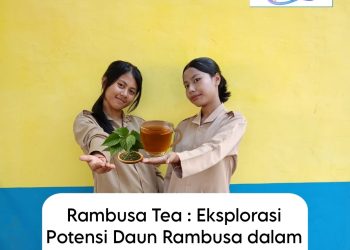TANJUNG ENIM, Indonesia, KMe – In Tanjung Enim, a town long known for its coal mines, a new identity is emerging through a traditional fabric: Batik Kujur. Once unfamiliar to local residents, the hand-dyed cloth is now providing both cultural pride and an alternative source of income.
The name “Kujur” comes from a traditional spear used by the community, symbolizing courage and honor. The fabric was first introduced in 2019 under a corporate social responsibility program run by state-owned miner PT Bukit Asam Tbk (PTBA), which provided training, equipment and marketing support to local artisans.
Batik Kujur began with three motifs – a keris (dagger), the fragrant bunga tanjung flower, and rice stalks – each representing local heritage. Since then, artisans have expanded designs to reflect seasonal festivals, including motifs of durian and coffee.
Group leader Ahmad Syahdan said batik sales bring in gross earnings of 7–10 million rupiah ($420–$600) a month, leaving him with about 4 million rupiah in net income. “Around 80 percent of household needs, including children’s schooling, are now covered by batik,” he told.
Prices range from 250,000 rupiah for cotton to 500,000 rupiah for silk. But limited capital and sewing skills mean most producers can only supply fewer than 10 pieces per motif, compared with the 100–200 pieces they say are needed to meet demand.
Through PTBA’s Rumah BUMN initiative, Batik Kujur is now reaching wider markets. Advocates hope it will help transform Tanjung Enim’s image from a coal hub to a center of cultural craftsmanship. (Red)


Discussion about this post